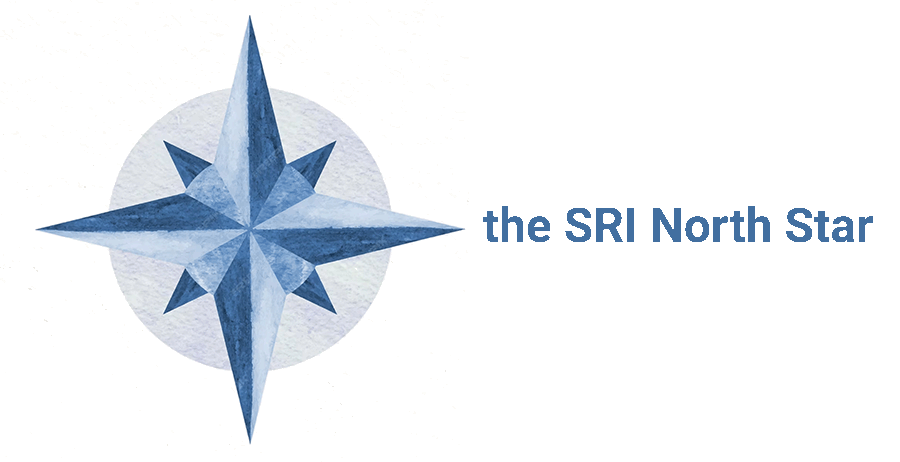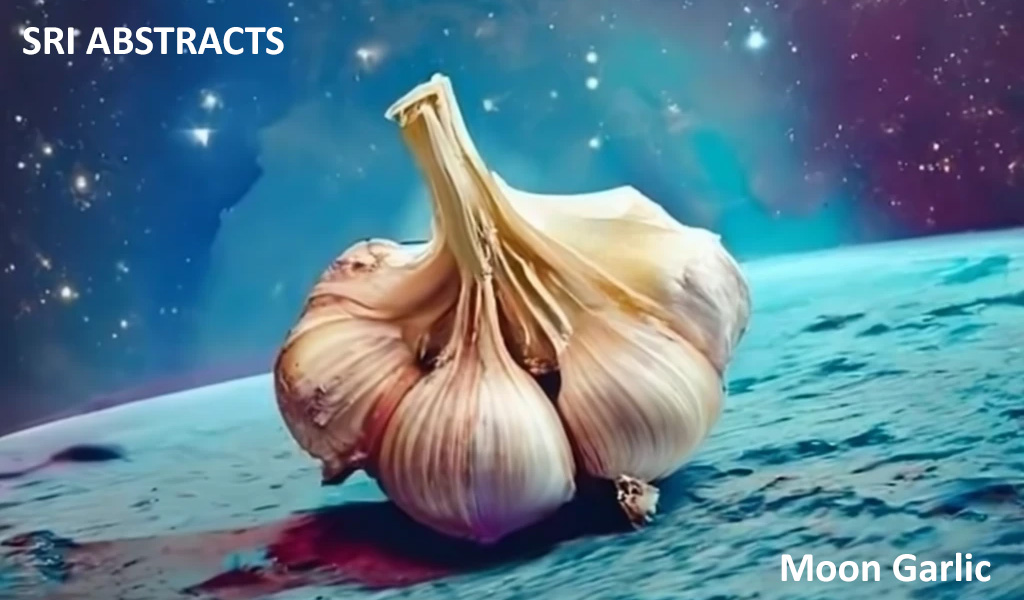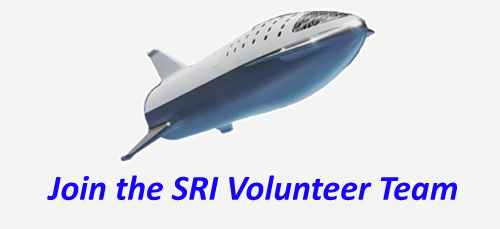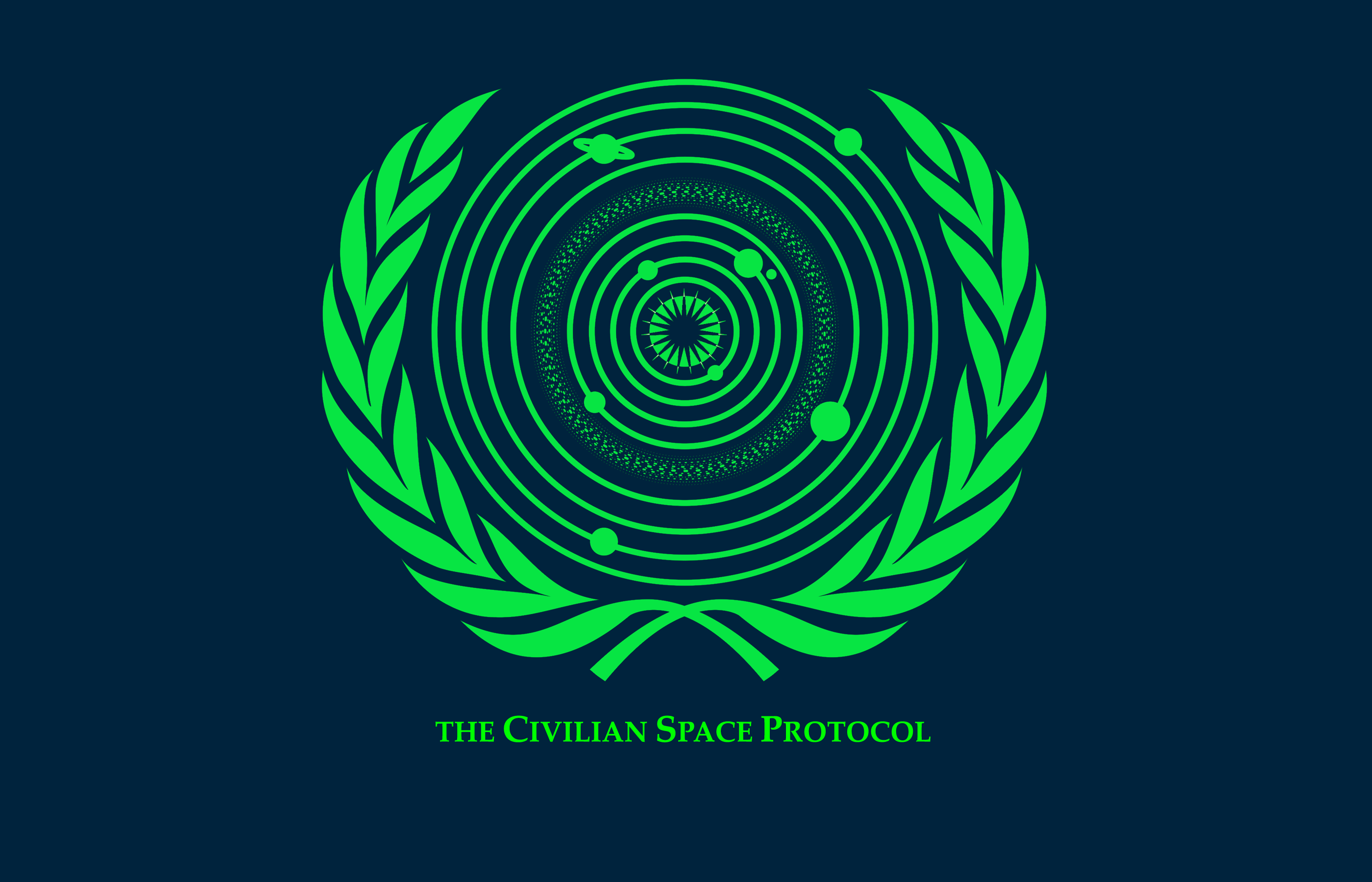[“Astronaut-fish” – image generated by https://app.runwayml.com/ ]

An intense discussion is now going on at the International Seabed Authority (ISA), starting in March 2024, and proceeding up to August, for its various instances, committees, and general assembly.The most critical point concerns the call for licenses, which are being advanced by several commercial mining entities, to explore deep sea grounds, seeking rare minerals highly in demand, fueling the energy and green transitions worldwide.Clean energy technologies require more materials, such as copper, lithium, nickel, cobalt, aluminum, and rare earth elements, than fossil fuel-based technologies. Demand for critical minerals could surge 450% by 2050 to meet Paris Agreement climate goals[1]. The deep sea, particularly in the form of polymetallic nodules (PMNs), contains significant cobalt resources. Estimates suggest that by 2035, deep-sea mining of PMNs could produce 61,200 tons of cobalt per year, which could account for up to 50% of current annual global cobalt demand[2].
For the first time, ISA is considering the revision of deep-sea mineral exploitation regulations [3]. Commercial deep-sea mining has attracted increased attention, particularly owing to potential oceanic challenges, including pollution, overfishing, biodiversity, and habitat loss, acidification, rising water temperatures, and climate change. Those favoring commercial mining highlight the need for a supply of materials necessary for global energy transition. Recent meetings in Kingston, Jamaica, have focused on revising the draft regulations for deep-sea mineral exploitation. While some progress has been made, several areas of disagreement remain, particularly regarding environmental protections and the speed of issuing commercial permits. The ISA is aiming to finalize the new regulations by July 2025, but there are concerns that this deadline may not be met.
On the commercial side, The Metals Company (TMC), Canada, anticipates submitting an application for a mining exploitation license in 2024, potentially starting mining operations in 2025, even before the regulations are fully in place. While ISA has not granted any commercial licenses for deep-sea mining, some countries are moving forward independently. Norway already passed a bill in January 2024, which authorizes prospecting for deep-sea minerals, accelerating the hunt for the precious metals that are in high demand for green technologies. Environmental scientists have warned such oceanic exploitation could be devastating for marine life. The outlook concerns Norwegian waters, nevertheless, agreements on mining in international waters could also be reached this year.
Several countries, including France, Germany, and Portugal, have now called for a moratorium or temporary suspension on deep-sea mining to allow for more scientific study of the environmental impacts. Over 20 countries have expressed opposition to fast track deep-sea mining licenses[4].
However, land mining for rare materials is no less controversial. There are considerable concerns about the environmental and ethical issues associated with current land-based cobalt mining practices, including those conducted in countries such as the Democratic Republic of the Congo (DRC).
The green and energy transition seems to harm itself, when the environmental costs of the necessary technologies emerge in their entirety, shouldering the economic and social costs alone. While the world has already embarked on risky strategies – such as electrical mobility – it is now perhaps becoming more and more evident that the remedy might in fact be worse than the evil.
Even so electrical mobility is not the only pertinent issue. The electronic society is increasingly demanding more energy. The supercomputers needed for extensive artificial intelligence require an enormous amount of energy. Computational power for sustaining AI’s rise is doubling every 100 days. An x10 improvement in AI efficiency requires computational power demand up to 10,000 times. The annual growth rate in energy required to run AI ranges from 26% to 36%. By 2028, AI could be using more power than Iceland used in 2021[5]. The AI lifecycle impacts the environment at a value of 20% during the training phase, and 80% during the inference phase (the user side of AI). As AI gains traction across diverse sectors, the need for inference and its environmental footprint will quickly escalate.
AI is not alone in demanding energy: the large servers working to generate and move electronic money worldwide are similar associates. The global communication network, with its extensive features (video and voice real-time communication), requires large servers and increased energy flows as well. As an additional concern, these machines are generating vast quantities of heat, which must be dissipated.
At their core, the 17 SDGs of the U.N. 2030 Agenda will rest on three core SDG pillars, which we might consider to be the engine of all types of development, including environmental development: (SDG 7) energy, (SDG 8) jobs, and (SDG 9) industrial innovation. However, these expectations may simply not be sustainable, as they often conflict with the environmental and conservation SDGs: in fact, they are UDG (Unsustainable Development Goals).
We are witnesses to a total, irreconcilable, contradiction: not only do the development goals conflict with environmental ones. The environmental goals also conflict with the environmental goals in themselves. The energy increase is clearly demanded by the green transition. Yet the green policies require a general degrowth. What does this conundrum mean?
The high lifestyle promised by the electronic society will only be available to a few people, provided that civilization does not collapse beforehand. On Earth, for 8 billion people, and counting, the protective blanket will become more and more shorter: if it covers the shoulders, the feet will remain uncovered.
Alternatively, the economics of space settlement and further exploration, may make a very high lifestyle generally available to all. To offer a few examples, rare materials can also be found on the Moon and in asteroids, without wasting the precious life of the Earth’s seas. Vast energy sources may be generated in space directly from the Sun, in order to feed space infrastructures, habitats, supercomputers, and big data servers operating in orbit and on the Moon. In outer space or the lunar craters that the sun never reaches, large machines may readily dissipate their heat, and that heat can also be reused to warm habitats.
We have to look beyond limited horizons for the solution to the environmental, economic, and social conundrum. Civilian Space Development can balance the equations for sustainability and ensure a durable, productive and long term future for humanity.
The Space 18th SDG Coalition – 85 organizations so far – is proposing to add an 18th Sustainable Development Goal to the U.N. 2030 Agenda, to raise awareness, in the society at large, about the urgency to kick off Civilian Space Development, and the fact that space is the key factor of a sustainable development for all, on Earth and beyond.
[English language editing by Amalie Sinclair]
Join the Space 18th SDG Coalition! https://spacerenaissance.space/sign-the-18th-sdg/
Join the Space Renaissance! https://spacerenaissance.space/membership/international-membership-registration/
Download a pdf version of this article.
Citations:
[2] https://easac.eu/fileadmin/user_upload/EASAC_Deep_Sea_Mining_Web_publication_.pdf
[5] https://carbon-pulse.com/273149/
———————————————————————————————–
Also see the SRI Position Paper on the Key Critical Issues before 2030. https://www.amazon.com/position-paper-critical-issues-toward/dp/B0CVVP6NKT/
Join the Space 18th SDG Coalition https://spacerenaissance.space/sign-the-18th-sdg/
Stay tuned with the campaign for Space 18th SDG: https://space18thsdg.space/
Join the SRI Crew: https://spacerenaissance.space/membership/international-membership-registration/
Donate some money to SRI: https://spacerenaissance.space/donate-to-space-renaissance/
Watch and subscribe to the Space Renaissance YouTube channel: https://www.youtube.com/@spacerenaissance
Want to discuss this? Please do it on the SRI Open Forum: https://groups.google.com/g/sri-open-forum/c/4jYMXJIBF_4









 Space Renaissance France (French Chapter of SRI)
Space Renaissance France (French Chapter of SRI)  Space Renaissance USA, Inc. (USA Chapter of SRI)
Space Renaissance USA, Inc. (USA Chapter of SRI) Space Renaissance (Italian Chapter of SRI)
Space Renaissance (Italian Chapter of SRI) Space Renaissance Academy
Space Renaissance Academy Space Renaissance Initiative Group
Space Renaissance Initiative Group